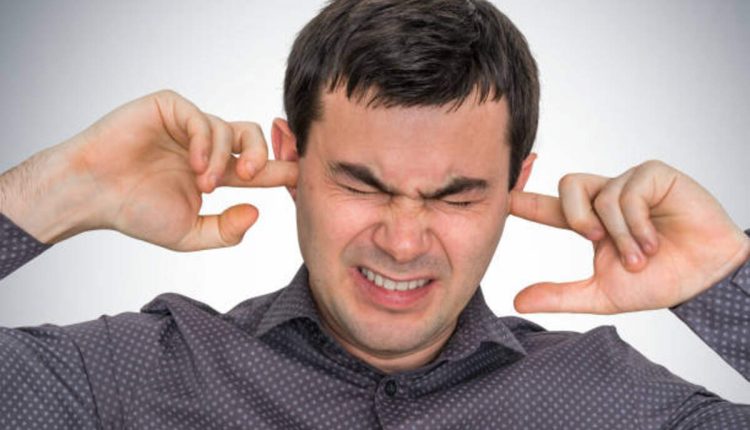Pus leaking from the ear is usually caused by viral, bacterial, or both infections and is more likely in children due to narrower ear canals.
Fluid drainage from your ears should never be ignored, particularly if accompanied by pain, head injury, or hearing loss.
Causes
, the type of fluid that drains from an ear depends on its cause: this could range from watery (watery otorrhea) or bloody (bloody otorrhea) to thick and white-yellow or pus-like fluid that appears due to inflammation; its appearance reveals how your immune system has responded to infection; thickening may be caused by dead neutrophils collecting in your fluid which attacks pathogens causing pus-like formations with unpleasant smells emanating from dead neutrophils which accumulate due to accumulation from white blood cell attacks which attacks pathogens getting inside tissues causing thickening which produces pus-like impressions with foul smell emanating from inside you that has your immune system taken care of.
Watery Otorrhea occurs when the Eustachian tube becomes blocked, and water accumulates in either the middle ear or outer ear canal, often leading to symptoms such as pain, itching, tinnitus, or hearing loss. Usually, this condition is due to infection – commonly, Otitis Media and Otitis Externa infections of either of these canals are responsible.
Watery Otorrhea may also result from an injured eardrum or foreign object in the canal, while perforations tend to heal quickly but may leave behind small holes that result in long-term or repeated cases of Otitis media.
An overzealous attempt at cleaning can result in the removal of small amounts of earwax, prompting your body to produce more to protect itself. Trauma or surgery-related ruptured eardrums may also have watery discharge from within the ear canal.
Symptoms
Otorrhea, or the discharge of pus from the ears, can take on various colors and consistencies depending on its cause. Common causes are infections, but it could also be from foreign objects stuck in the ear canal or ruptured eardrums; symptoms include pain, ringing in the ears, fever, and hearing loss; while its fluid may be clear, white, yellow, or even have an unpleasant odor; however it should not be dangerous, and treatment can often be done at home.
The human ear consists of three distinct sections: outer, middle, and inner ears. An eardrum serves to separate these layers from each other as well as from the eustachian tube that connects it to the throat. When working correctly, fluid created in both areas drains into this tube through which it runs back toward the nose via drainage channels; but colds, allergies, or sinus infections may prevent it from doing this and buildup will occur inside middle ear cavities, leading to pressure build-up that causes rupture of its walls.
Fluid can build up inside the mastoid bone that sits behind your ear. Signs of mastoiditis include reddened skin around the ear, painful drainage from your ears, and fever; in extreme cases, swollen mastoids may even produce vertigo – an abrupt and sudden spinning sensation characterized by sudden dizziness.
Diagnosis
Immediately call your physician if clear fluid starts draining out of your ear, particularly if accompanied by a headache. If the fluid appears blood-tinged, this could indicate a ruptured ear drum or another serious medical condition requiring immediate medical treatment.
An otoscope, a lighted instrument used to examine ears and hearing, will allow doctors to see inside your ear canal and identify foreign objects or ruptured eardrums. Your child’s doctor may also conduct throat, nasal passage, and breathing checks and listen for abnormal breathing using a stethoscope. If their eardrum appears red and bulging, it could indicate infection; using an otoscope allows doctors to view this detail from inside their canal and detect whether any foreign bodies or ruptures have occurred or even whether there have been ruptures from within.
When testing an ear discharge for infection, laboratory analysis may require taking samples. Either using a sterile plastic speculum inserted into the ear opening and drawing out fluid with vacuum extraction or collecting and preserving this sample with preservative before sending it to a lab for analysis.
If your child wears ear tubes, the cause of fluid drainage may be caused by irritation from either an inflamed tube, perforated eardrum, swimmer’s ear, or simply swimmer’s ear itself. When this happens, doctors often advise watchful waiting while also prescribing nonprescription pain relievers or antibiotic ear drops to address it.
Treatment
Pus leaking from the ears is most often due to an infection of either the ear canal or the Eustachian tube connecting it with the throat, which may be bacterial or fungal. People who swim frequently, particularly children, are at risk due to trapped water inside the ear canal, causing swimmer’s ear (otitis externa).
The fluid that drains from an ear infection is typically watery and clear in appearance. The discharge may have an unpleasant smell; those who frequently suffer disorders or have weak immune systems are more prone to this kind of discharge. A physician can diagnose an ear infection by inspecting the eardrum and conducting physical exams; additionally, they may use a sterile plastic speculum to collect discharge samples for laboratory analysis to identify the type of organism causing an infection.
If a bacterial infection is diagnosed, physicians typically prescribe an antibiotic to eliminate bacteria and relieve its symptoms, such as an ear infection. To be taken as prescribed without fail, or else bacteria could become resistant and grow inside your ear canal, leading to eardrum perforations or other complications; in extreme cases, it could spread through to meningitis, which requires immediate medical intervention.










